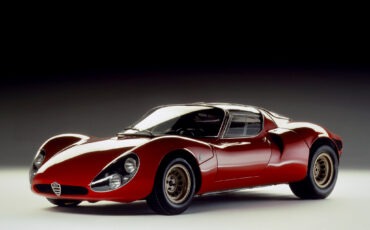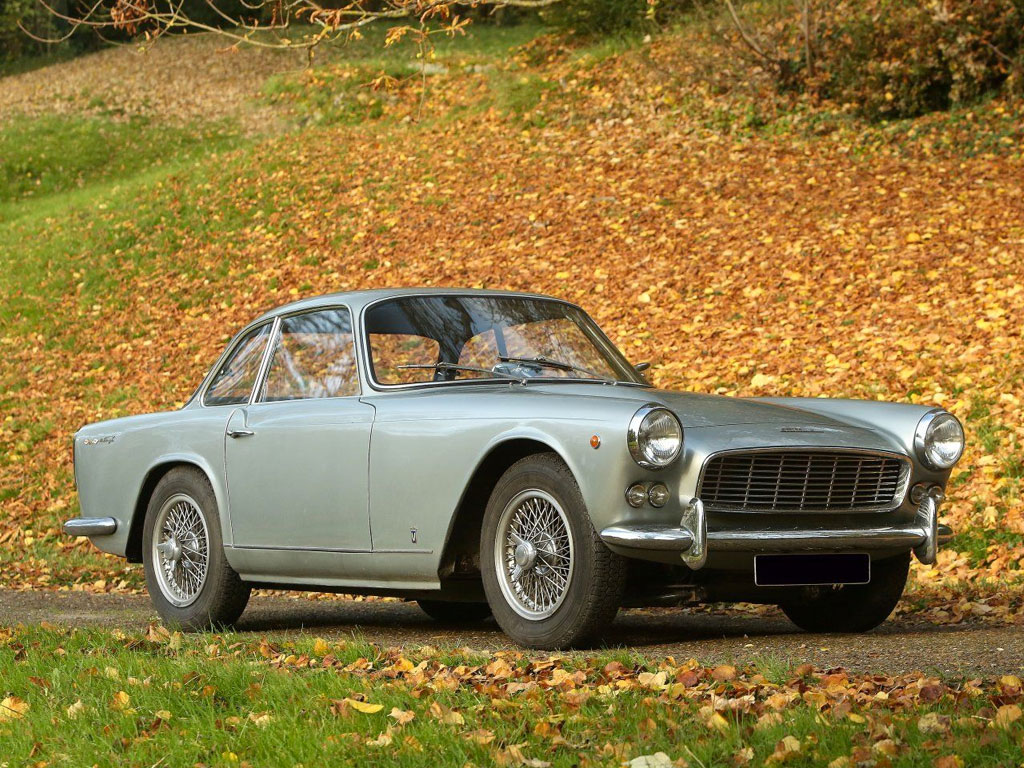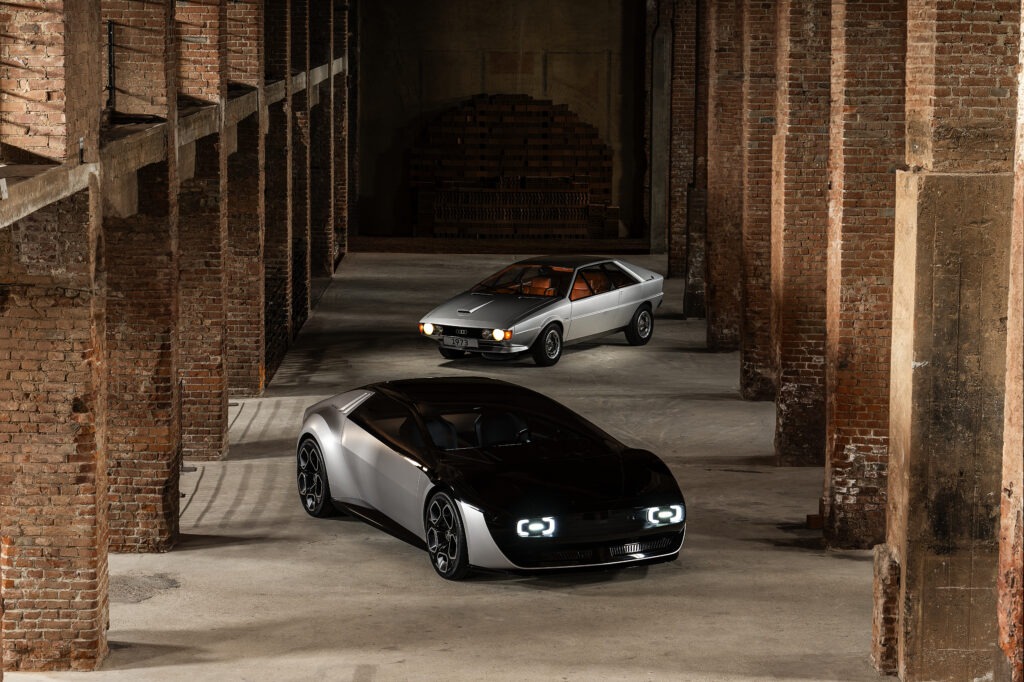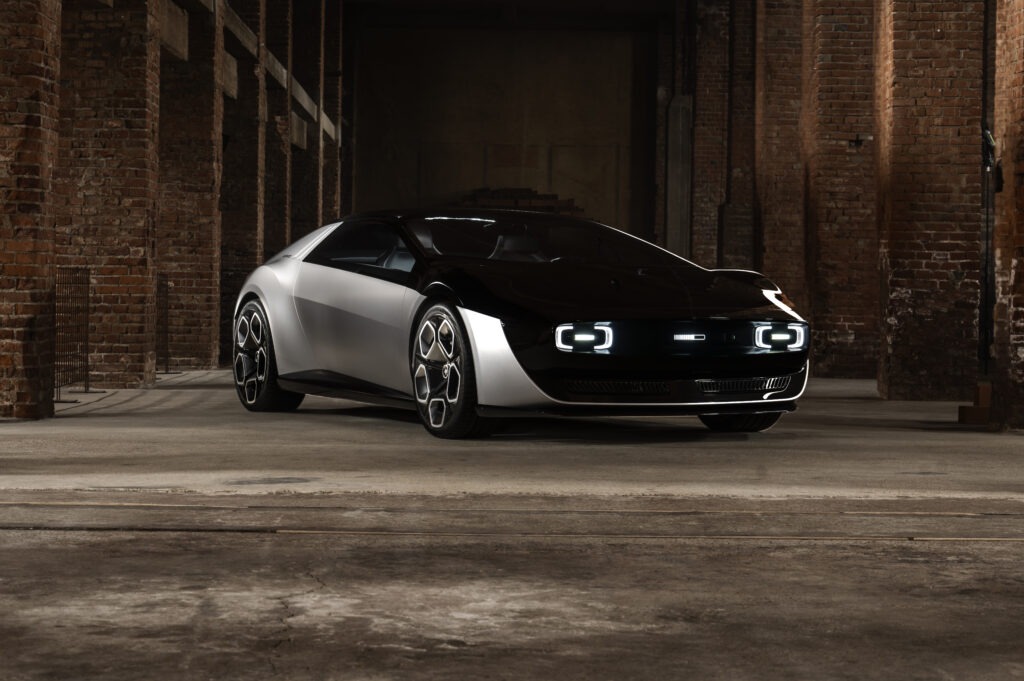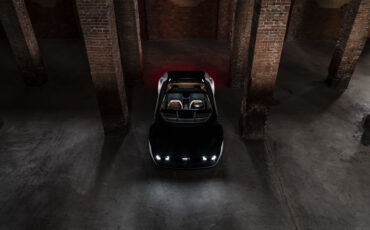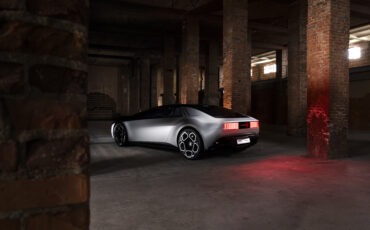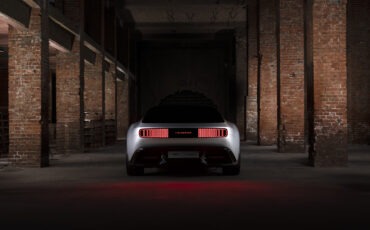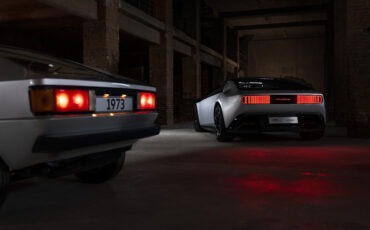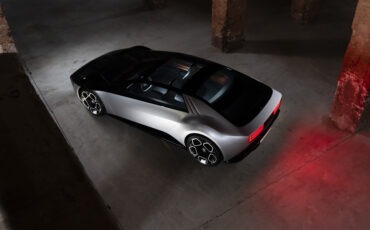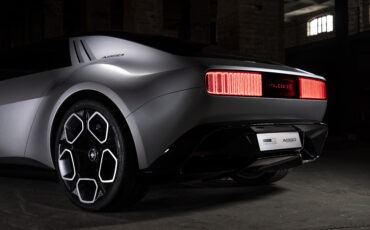In the vibrant tapestry of automotive history, certain moments stand out as missed opportunities – instances where a concept car, though brimming with potential, fails to materialize into a production marvel. The Lancia Kayak, a sleek and sporty concept designed by Luciano D’Ambrosio and crafted by the renowned Italian coachbuilder Bertone, stands as one such lamentable example. Unveiled in 1995 at the Geneva Motor Show, the Kayak was poised to be a modern heir and reinterpretation of classic postwar Lancia coupés like the iconic Aurelia B20. In this article, we explore the distinctive features of the Lancia Kayak and delve into the reasons behind its unfortunate fate, contrasting it with the lackluster Lancia Kappa coupé that eventually made its way into production.
The Elegance of the Lancia Kayak
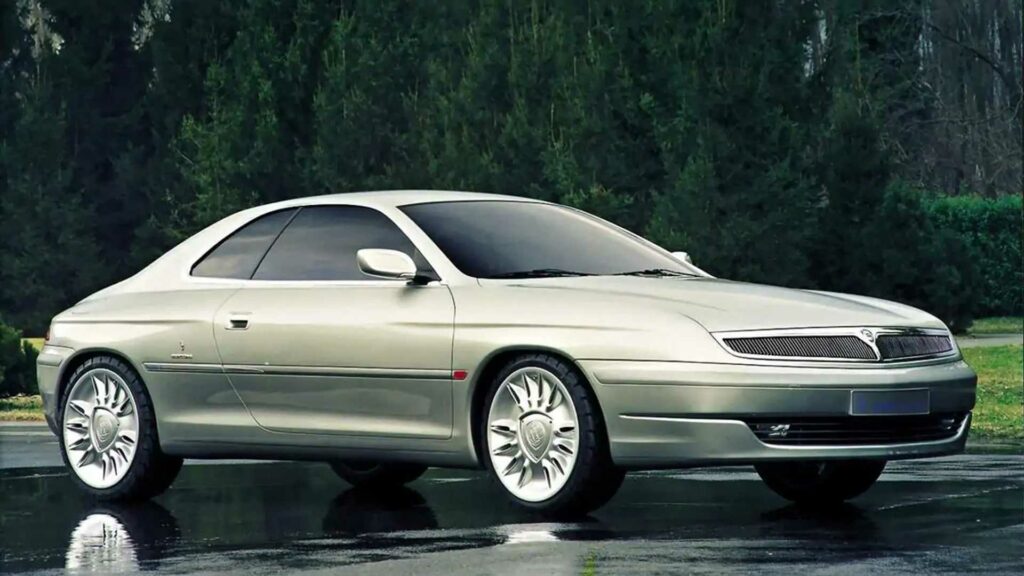
Luciano D’Ambrosio, the mastermind behind the Kayak’s design, envisioned a vehicle that not only showcased the possibilities of a Lancia-branded sports car but also paid homage to the timeless allure of classic Lancia berlinetta’s. The Kayak, built on the mechanical underpinnings of the Lancia K sedan of the 1990s, was a stunning coupé with taut lines and refined curves. Its design aimed to captivate enthusiasts and evoke the spirit of the illustrious Lancia Aurelia B20.
Italian coachbuilders have long been celebrated for their ability to transform production sedans into works of automotive art, and the Lancia Kayak was no exception. It boasted significantly improved proportions compared to the Lancia Kappa sedan, from which it derived its mechanical foundation. Shortened overhangs, a smaller greenhouse, and more refined curves contributed to the Kayak’s aesthetic appeal, making it a visually striking concept.
However, a blemish on the otherwise impeccable design of the Kayak was the horizontal Lancia grille that extended across the front, incorporating both headlamps. Despite this, the overall design exuded a classic charm reminiscent of postwar Lancia coupés. The front end featured a thin, full-width grille that hinted at the concealed light clusters behind it, while the sloping, gathered tail added dynamism to the car’s profile.
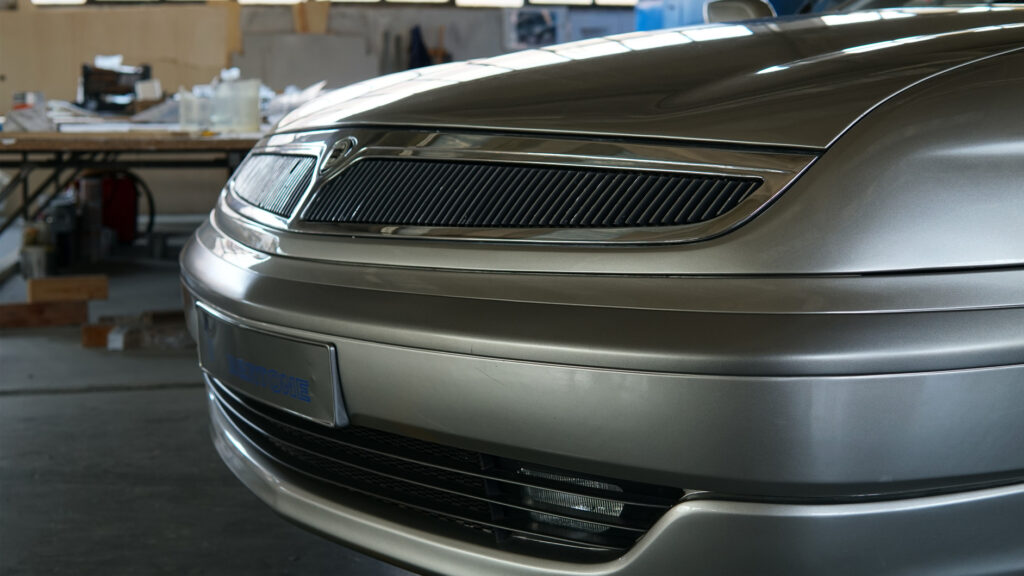
Gianni Agnelli expressed his admiration for the Kayak upon its introduction in 1995. Such was his enthusiasm that a running version of the concept was revived in 1996, hinting at the possibility of a commercial future. However, despite the positive reception, the Lancia Kayak faced a disappointing fate – it never transitioned from concept to production.
The Missed Production Opportunity
One can’t help but wonder why such a promising concept failed to materialize into a production reality. The answer lies in the complexities of the automotive industry, where decisions often hinge on a delicate balance between creative vision and commercial viability.
The interior of the Lancia Kayak, mostly borrowed from the Kappa sedan to reduce costs, did little to hinder its prospects. However, Fiat managers, the driving force behind Lancia, ultimately decided against producing the Kayak. The primary deterrent was the substantial investment required to overhaul the entire exterior design for mass production.
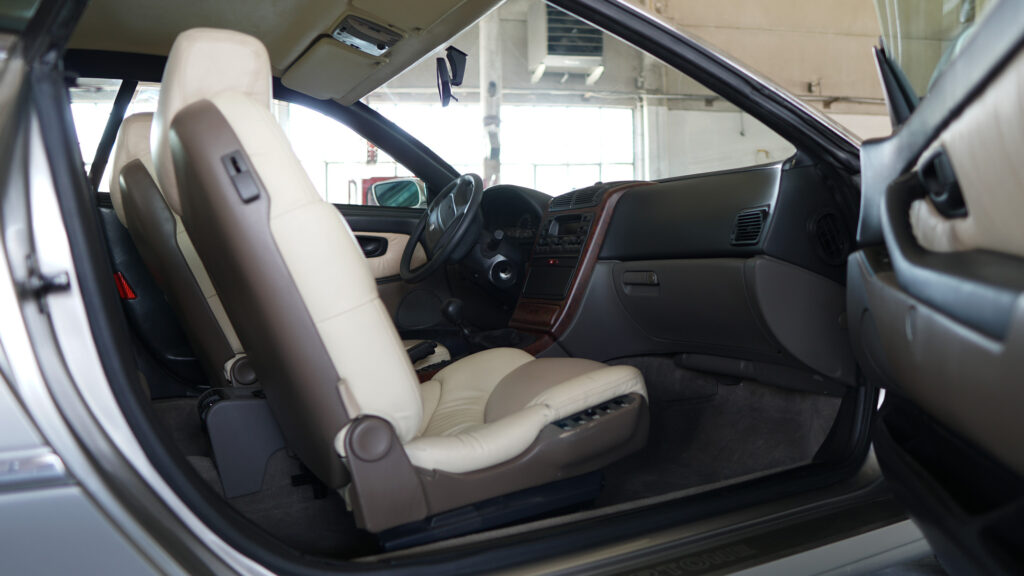
While the Kayak was a vision of elegance and sportiness, transforming it from a concept car into a production model would have entailed significant financial commitments. Fiat, faced with the challenge of justifying such expenses, chose to forego the opportunity to bring the Kayak to the market. As a result, this remarkable concept car became a fleeting glimpse into what could have been a striking addition to the Lancia lineup.
The Lancia Kappa Coupé: A Lackluster Alternative
In contrast to the captivating allure of the Lancia Kayak, the official Lancia Kappa coupé, designed by Enrico Fumia, failed to capture the imagination of enthusiasts. Fumia, heading Lancia’s in-house design team, opted to utilize too many exterior parts from the Kappa sedan, leading to a design plagued by errors in proportion.
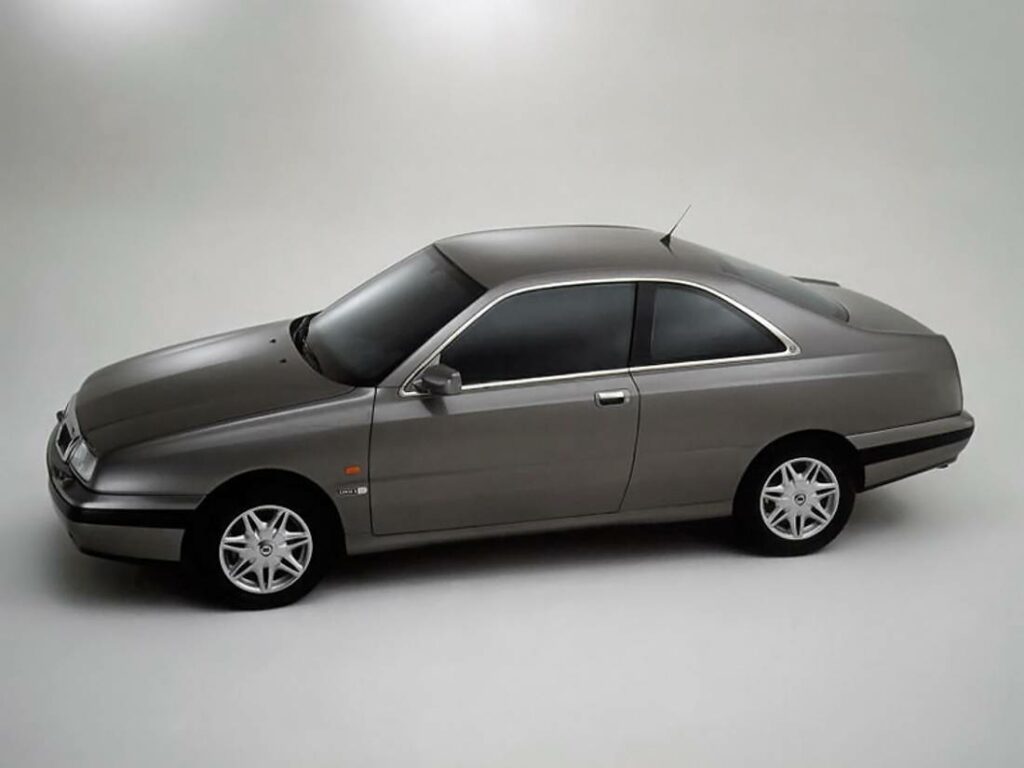
Produced by Maggiora, the Lancia Kappa coupé endured a brief existence from 1997 to 1999 before being discontinued due to dismal sales. Unlike the Kayak, which aimed to deviate stylistically from normal series production while paying homage to classic Lancia coupés, the Kappa coupé seemed to lack a distinctive identity. Its uninspiring design, coupled with poor sales, relegated it to obscurity in the annals of automotive history.
Conclusion: A Pity Unfulfilled
In retrospect, the tale of the Lancia Kayak is one of unfulfilled promise and missed opportunity. Luciano D’Ambrosio’s design, an ode to classic Lancia elegance with a contemporary twist, had the potential to inject vitality into the Lancia brand. The decision-makers at Fiat, however, opted for a more conservative approach, favoring cost considerations over the bold vision presented by the Kayak.
The contrast between the Kayak and the lackluster Kappa coupé underscores the missed opportunity for Lancia. While the latter failed to resonate with consumers and faded into anonymity, the former could have been a symbol of Lancia’s commitment to innovation and design excellence. It is indeed a pity that the Lancia Kayak remains a concept car, forever frozen in time at the Geneva Motor Show of 1995, never to grace the roads as a production marvel. In the world of automotive what-ifs, the Lancia Kayak stands as a poignant reminder of the roads not taken and the untapped potential of a car that could have been an icon.

